The journey of cotton begins in the farmland. Cotton is a thermophilic crop that grows mainly in warm, sunny and rainy climates. After farmers sow seeds, after about five to seven months of growth, cotton plants begin to bloom and produce bolls. When the bolls mature, the shell cracks open, revealing the soft cotton fibers.
After matures, picking is a key step. In the past, picking needed to be done manually. With the development of technology, most areas now use mechanical picking, which greatly improves picking efficiency.
1.Cotton planting and picking
The journey begins in the farmland. Cotton is a thermophilic crop that grows mainly in warm, sunny and rainy climates. After farmers sow seeds, after about five to seven months of growth, plants begin to bloom and produce bolls. When the bolls mature, the shell cracks open, revealing the soft cotton fibers.
After matures, picking is a key step. In the past, picking needed to be done manually. With the development of technology, most areas now use mechanical picking, which greatly improves picking efficiency.
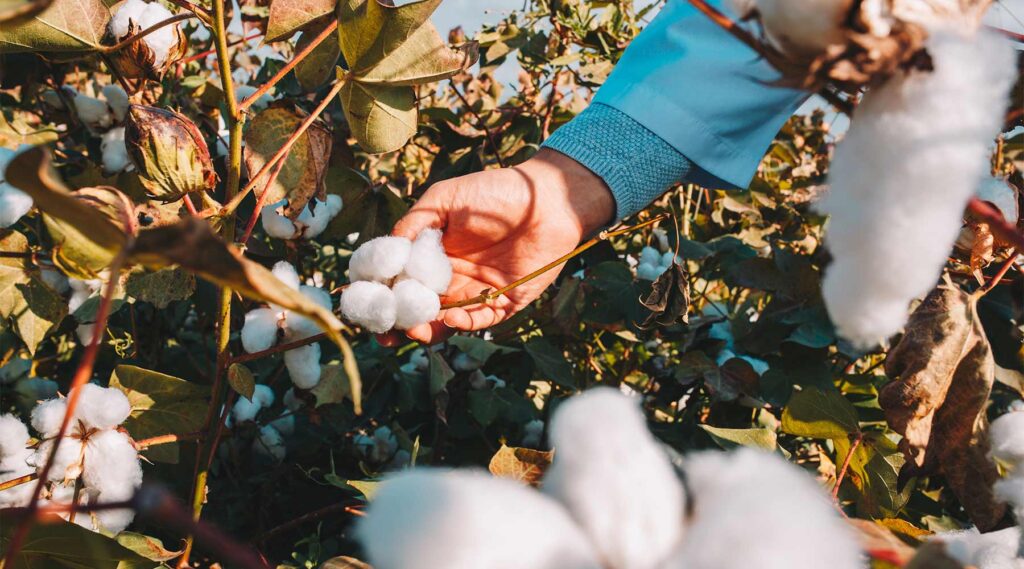
2.deseeding and cleaning
After picking, cotton cannot be used directly for textiles and needs to be processed initially.
First, they needs to go through the process of deseeding. The fibers are entangled with seeds, so we need to use a cotton gin to separate the fibers from the seeds. This step is extremely critical because the purity of the fiber will affect the subsequent spinning quality.
After deseeding, they still needs to be further cleaned to remove impurities such as dirt, leaves and debris. Through multiple combing and air separation, the cotton fibers are cleaned and made into cotton wool or cotton strips, which prepares for the next step of spinning.
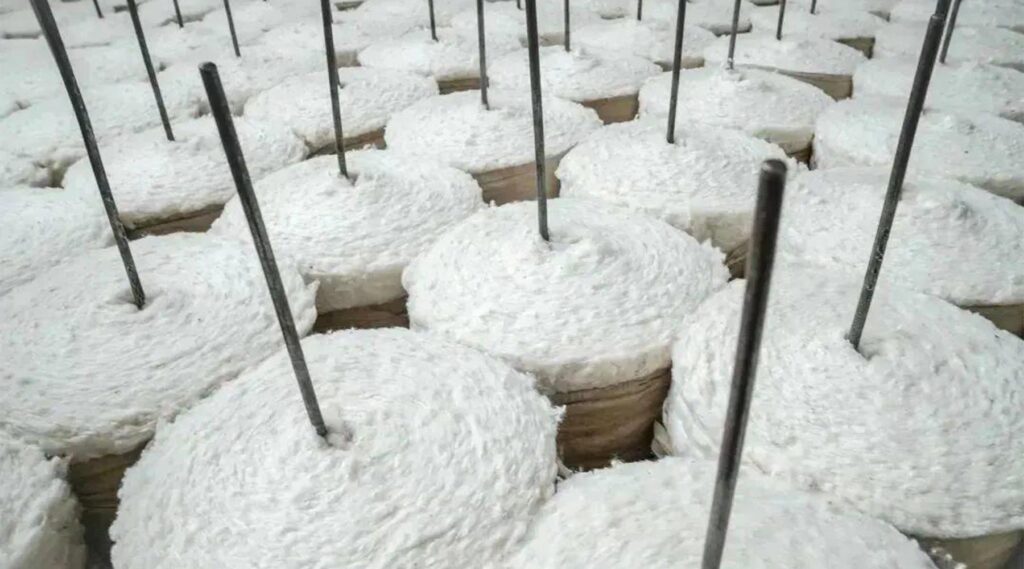
3. Spinning of cotton fibers
After cleaning, fibers enter the spinning process, which is the process of turning cotton fibers into yarn.
Spinning machines transform cotton fibers into yarn by stretching, spinning, and twisting them.
The quality of the yarn determines the feel and durability of the final garment.
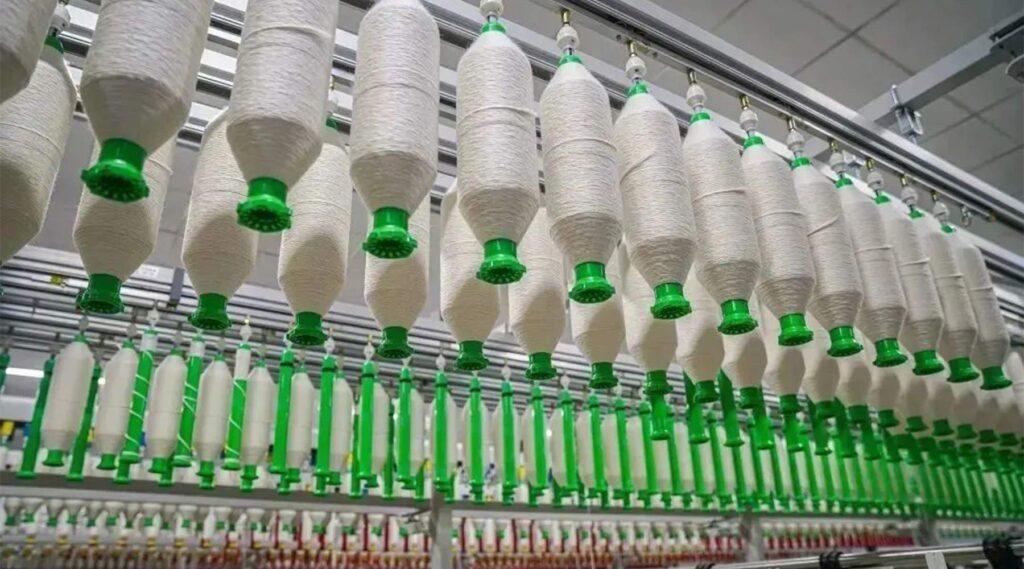
4. Weaving yarn into fabric
After spinning the fiber into yarn, the next step is to weave the yarn into fabric. There are two main processes for turning yarn into fabric: weaving and knitting.
Woven fabrics use two sets of yarns, interlaced vertically and horizontally, to form a stable and durable fabric, commonly used in shirts and jeans.
Knitted fabrics are formed by continuous weaving of a yarn to form a fabric with elasticity and comfort, commonly used in T-shirts and sportswear.
Different weaving processes can determine the density, thickness and elasticity of the fabric, which will directly affect the texture of the clothing.
Boston Scrub generally uses polyester-cotton blended woven fabrics, as well as pure polyester woven fabrics and elastic fabrics with spandex. If you have any needs, please contact us for personalized customization.
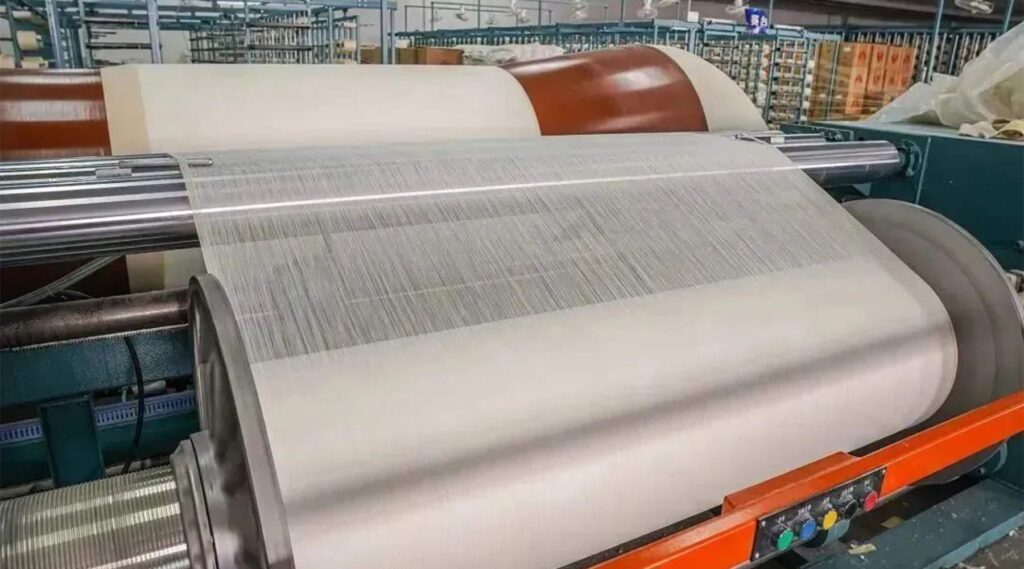
5. Dyeing and printing
After being woven into fabric, the color of the fabric is usually beige and contains some impurities
In order to produce personalized fabrics with colors and patterns, the grey fabric needs to be dyed and printed.
Boston Scrub’s medical scrub has a special dyeing process. The finished garment will not change color after 60 industrial washings, and it is resistant to chlorine bleaching. There are many colors for you to choose from. If you have any needs, please contact us for personalized customization.

6. Cutting and sewing
After dyeing and printing, the fabric enters the core process of garment production – cutting and sewing.
Technicians cut the fabric into different parts, such as collars, sleeves, front pieces and back pieces.
After cutting, workers will sew the parts together to form a complete garment. In modern factories, most garment sewing processes have been automated.
Boston Scrub has the most advanced automation equipment to ensure production efficiency and quality. Welcome to visit our factory for field inspection.
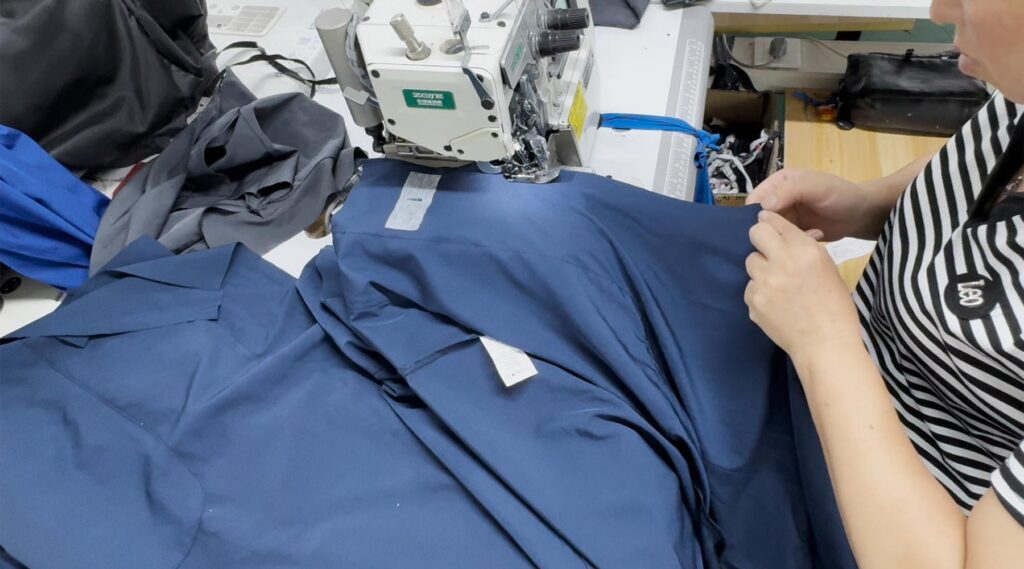
7. Quality inspection and packaging
After the clothes are sewn, the factory will conduct strict quality inspections. The inspection content includes the size, stitching, fabric defects, color, etc.
Only clothes that pass the quality inspection can be shipped.
After packaging, the clothes are finally shipped to the customer’s warehouse. Behind each piece of clothing, there are many workers’ efforts and wisdom.
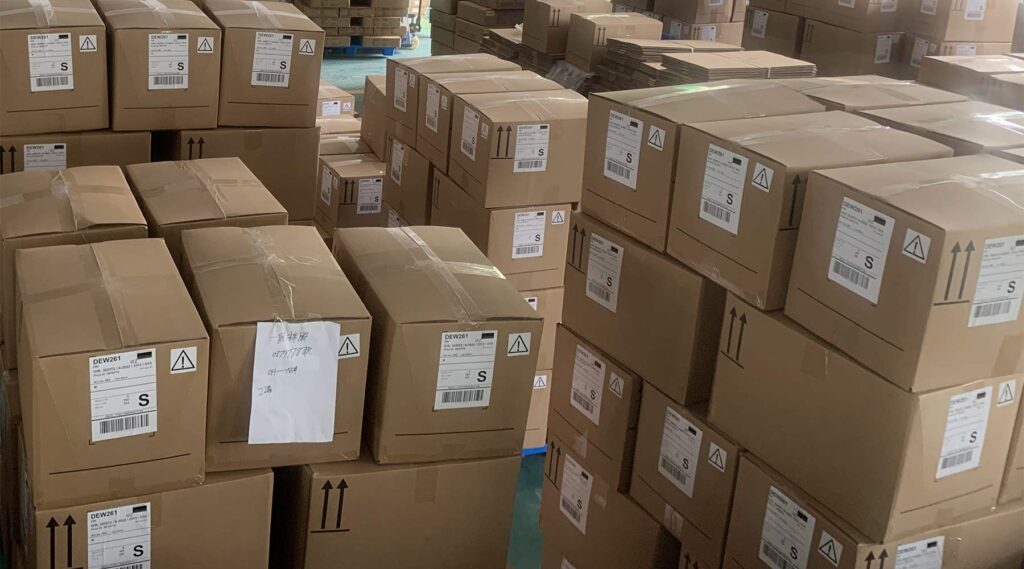
From cotton to garment is a long and complicated process, which is the result of nature and human wisdom. With the development of science and technology, cotton planting and clothing manufacturing processes may become more environmentally friendly and intelligent, bringing more possibilities to our lives.
Talk to us
Have any questions? We are always open to talk about your business, new projects, creative opportunities and how we can help you.
